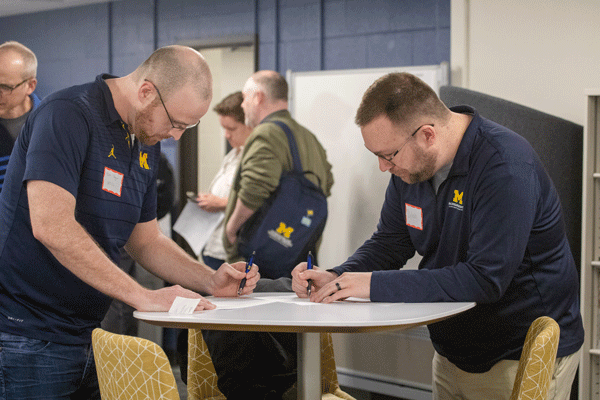ITS Information Assurance (IA) relies on engaged and knowledgeable Security Unit Liaisons (SUL) to support the U-M community in IT security, privacy, identity and access management, policy, and compliance. The liaisons are vital partners in supporting the university’s security posture.
In this issue, we met up with Darin Gaston, Senior System Administrator and Security Unit Liaison at the Ross School of Business, and talked about how he uses IA tools and communications with those in his unit to support security.
As an IT security professional, Gaston, along with his colleagues, makes sure the Ross School of Business IT community stays informed of cybersecurity risks and issues, while appropriately securing data and systems.
Darin is part of a cybersecurity awareness team at Ross that gets together monthly to identify topics they should cover with the Ross community. Darin and his colleagues send out email communications, maintain information on their website, and hold Lunch and Learns for which they try to bring in guest speakers. (Coincidentally, he’s planning to invite Michael Knight, featured in our IA Spotlight, to speak.)
When he’s not busy sharing information with his unit, Gaston uses several ITS tools and capabilities to stay on top of securing his unit’s data and systems. He says, “I use Seeker to scan the workstations, which is very useful. It’s been handy to use RECON for mitigations, and I link up with IA to get their input. Those are good tools.” Gaston’s team also uses Tenable for scans, and they are ramping up to use Cloudflare for servers and Passwordstate as well.
Darin describes the dual roles of system administrator and a Security Unit Liaison as a juggling act, “It’s about keeping things organized, talking things out, and knowing what's most important at any given moment. Setting deadlines and using tools to stay on track can help keep all those tasks from piling up.” He also explains that it’s critical for the security team to stay in touch and says, “The sys admins at Ross go to the break area each morning to have coffee and discuss what we're working on to keep everyone in the loop on security issues or incidents so we can all jump in and handle them pronto.”
When reflecting on cybersecurity at the individual level, Gaston offers a tip, “I tell people to question everything they see no matter how real it appears. Before you respond to anyt hing, make sure you know what you're getting.” He reminds people to “Hover over links, and do a search on the web.”
hing, make sure you know what you're getting.” He reminds people to “Hover over links, and do a search on the web.”
Outside of his work, Darin is fueled by his passion for writing. He says, “Over the years, I've dived into various genres, penning thrilling mysteries, gripping thrillers, and mind-bending science fiction novels.” Some of his works include, The Friday House, The Promise, and Wicked and Preternatural. Lately he has ventured into writing comic books and self publishing titles like "PANTHEON: Escape" and "WORMS" under his own publishing company, Threat Level Comics. When he’s not crafting stories, Darin says he indulges in down-time, “immersed in the virtual worlds of video games.”
Stay tuned for future SUL interviews, and if interested, reach out to Bridget Weise Knyal ([email protected]).



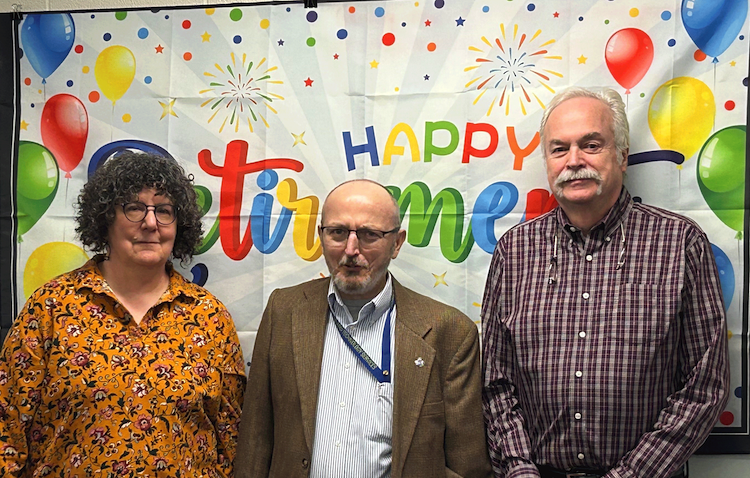
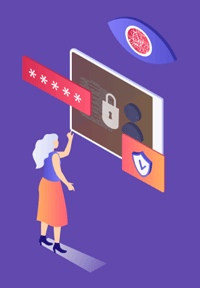
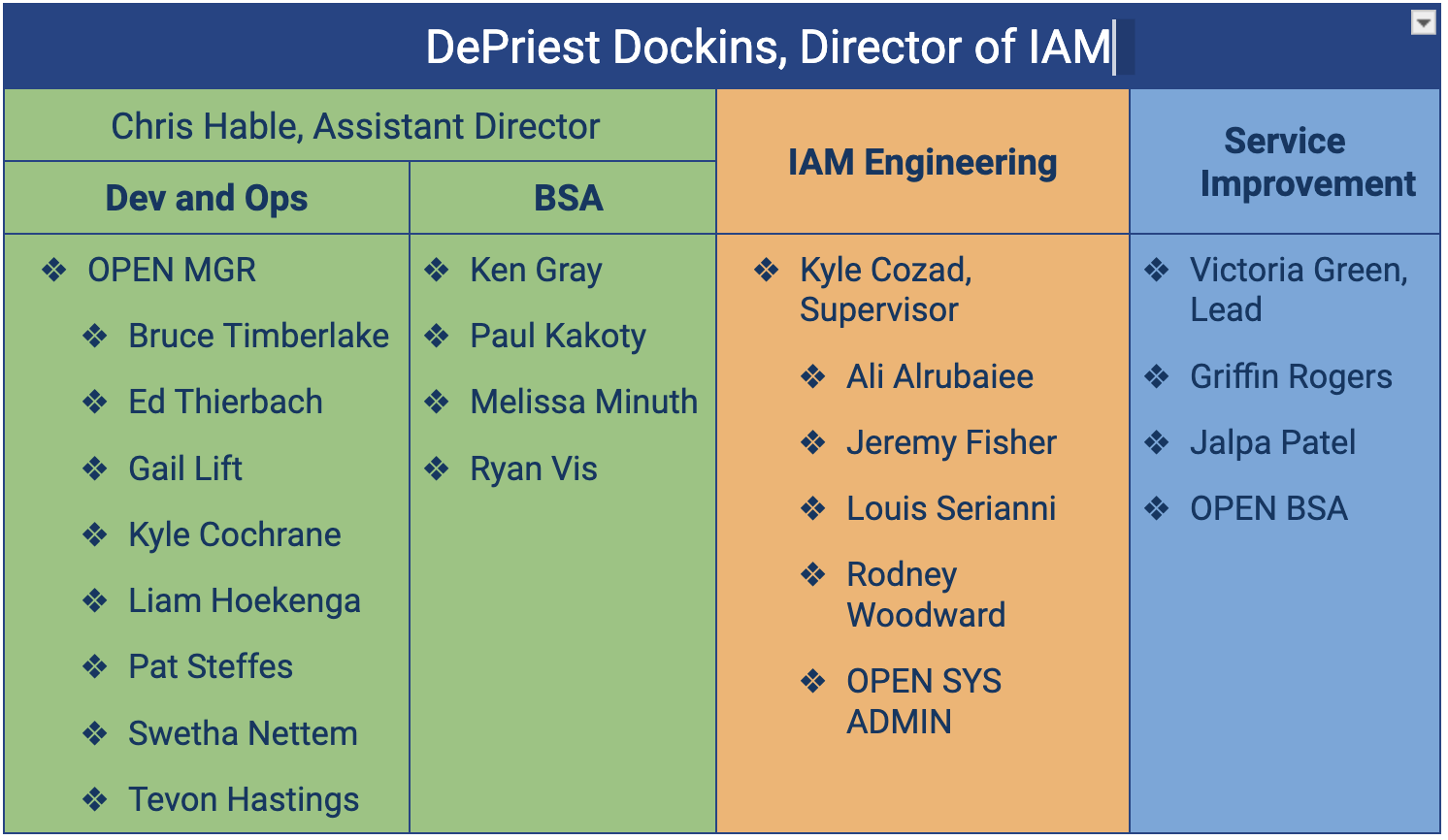

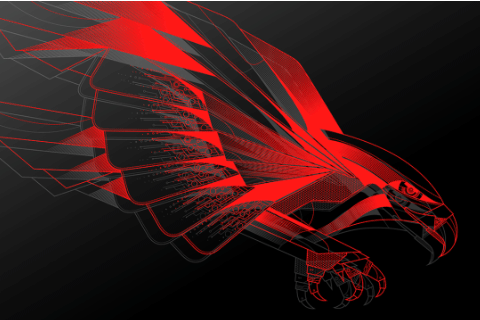


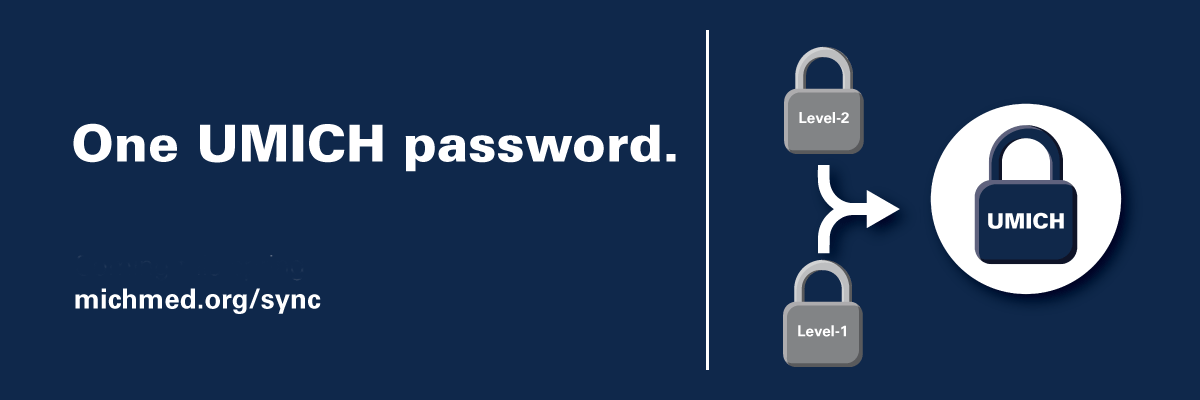

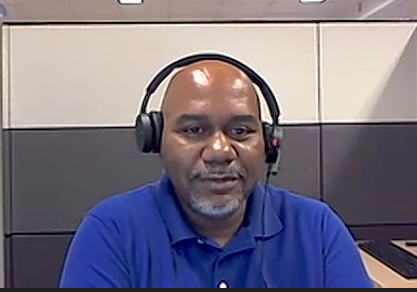
 hing, make sure you know what you're getting.” He reminds people to “Hover over links, and do a search on the web.”
hing, make sure you know what you're getting.” He reminds people to “Hover over links, and do a search on the web.”

